
(NEW YORK) -- Shares of Truth Social soared after the company’s market debut last month -- but the stock price has plummeted since then.
After vaulting from an initial offering price of about $50 to a peak of nearly $80 in late March, the share price has dropped a staggering 68%. In early trading on Tuesday, the price stood at about $25.
The sharp decline traces primarily to the company’s status as a so-called meme stock, which appeals to investors on the basis of ideology rather than financial outlook, experts told ABC News. Since Truth Social suffers continued losses and lacks a path to profitability, the stock risks selloffs on even mildly negative news, they said.
“The political hope is meeting a financial reality,” Tyler Richey, an analyst at Sevens Report Research, told ABC News.
Truth Social did not immediately respond to ABC News' request for comment.
The stock performance holds significant financial implications for former President Donald Trump, whose 60% stake in the company could ultimately deliver a multi-billion dollar windfall. Truth Social shares make up a large portion of Trump’s overall net worth, according to Fortune.
During its initial days on the market, the stock rallied. The price climbed 16% on the company’s first day of listing and another 14% on its second. That growth granted Truth Social a valuation of more than $8 billion, even though the company has yet to turn a profit and generates quarterly revenue of barely $1 million.
“The valuation is just astronomical,” Richey said. “So it’s coming back to Earth.”
Truth Social, listed as ticker DJT, remains far smaller and less financially robust than its rivals in the crowded social media sector.
Research firm SimilarWeb estimates the company drew 5 million website visitors in February, which puts it well below the roughly 2 billion monthly active users reported by Instagram. TikTok boasts at least 1 billion monthly active users, the company said in 2021.
Truth Social generated roughly $3 million over the first nine months of 2023, government filings show. Meanwhile, the company reported $49 million in net losses over that period. By comparison, Instagram-parent Meta delivered nearly $135 billion in revenue last year, company earnings revealed.
“Truth Social is not attracting and holding users and it’s not attracting significant advertising revenue,” Jay Ritter, a professor of finance at the University of Florida, told ABC News. “Its current business model is a colossal failure.”
The absence of financial underpinning leaves the stock vulnerable to major declines even in response to mildly negative or routine news, experts said.
On Monday, the company released a government filing meant to formally establish millions of shares owned by Donald Trump and other investors. Investors holding shares in the pre-merger company that took Truth Social public could eventually convert those holdings into shares of Truth Social, the filing said.
The routine filing did not increase the number of outstanding shares but it still raised alarm among some investors for the potential to do so, Ritter said.
“This was going to happen sooner or later,” Ritter said. “In that regard, it wasn’t really news.”
The filing appeared to send the stock price tumbling. Shares of Truth Social fell 18% on Monday.
When traders buy into a stock for non-financial reasons, moments of risk can turn into a collapse, in part because opportunistic traders abandon the stock on the way down, experts said.
“There’s a domino effect,” Ritter said. “Selling led to more selling.”
The stock difficulty has coincided with financial challenges for Trump. Earlier this month, the presumptive Republican presidential nominee posted a $175 million bond in a New York civil fraud case.
Trump can’t sell or leverage his stake in Truth Social for at least six months due to a lockup provision intended to prevent a rapid selloff that could shake investor confidence.
Supporters of Trump could seek to reverse the company’s declining stock price, Richey said.
“You may have some die-hard supporters come in and support the stock,” Richey said, noting that such a move could elicit a response from skeptics of Trump or the company.
“In this political environment, there’s just as many people that would bet against the stock as would be for it,” Richey said.
Copyright © 2024, ABC Audio. All rights reserved.



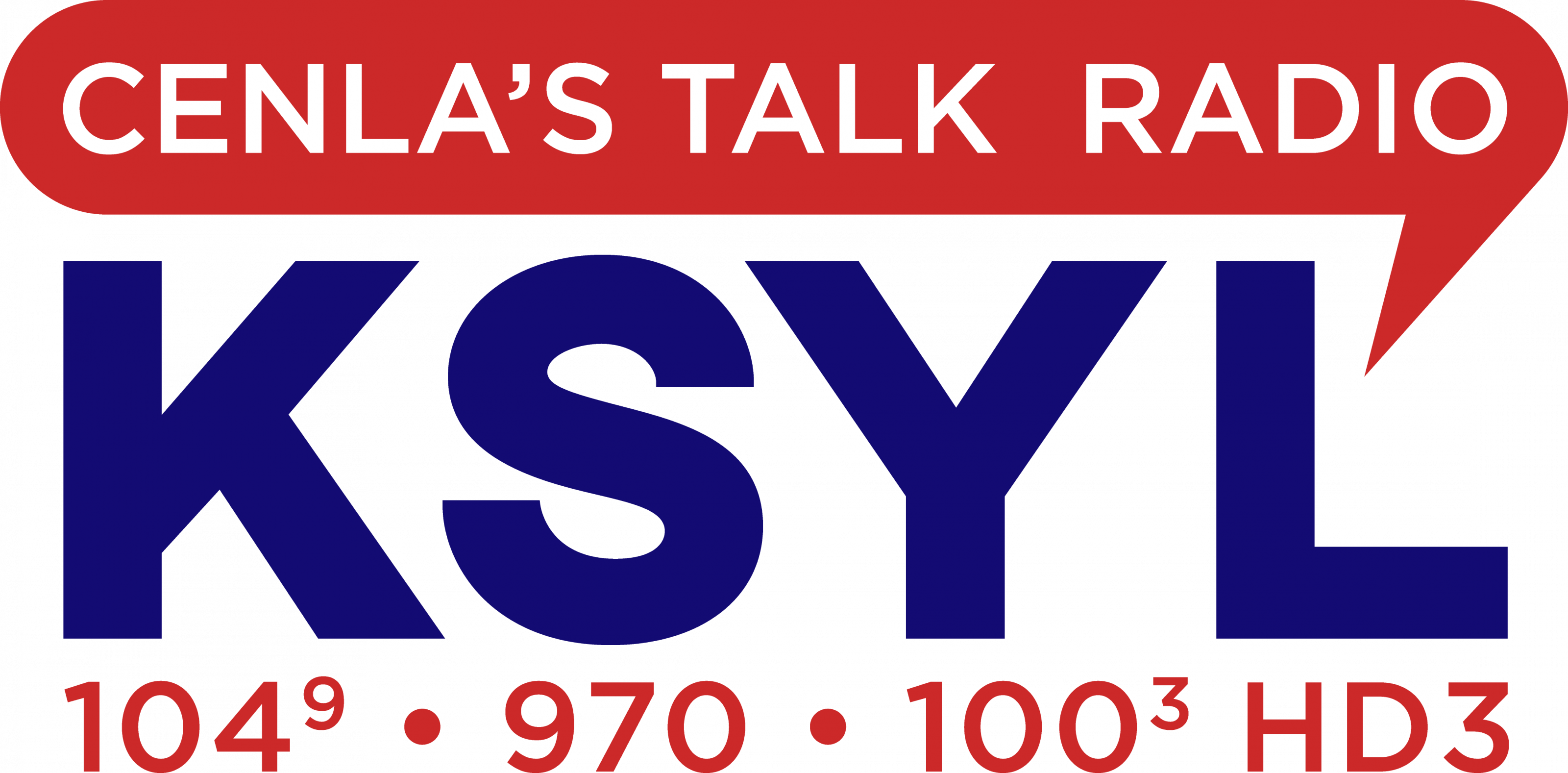











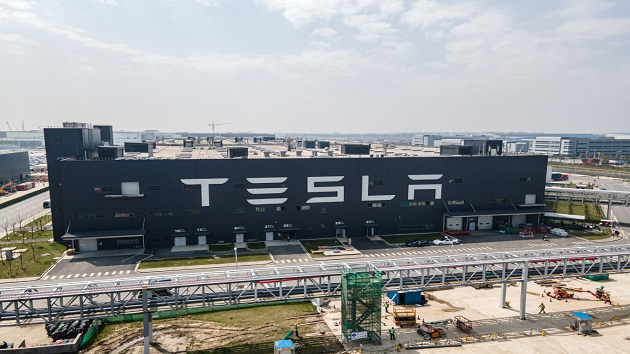





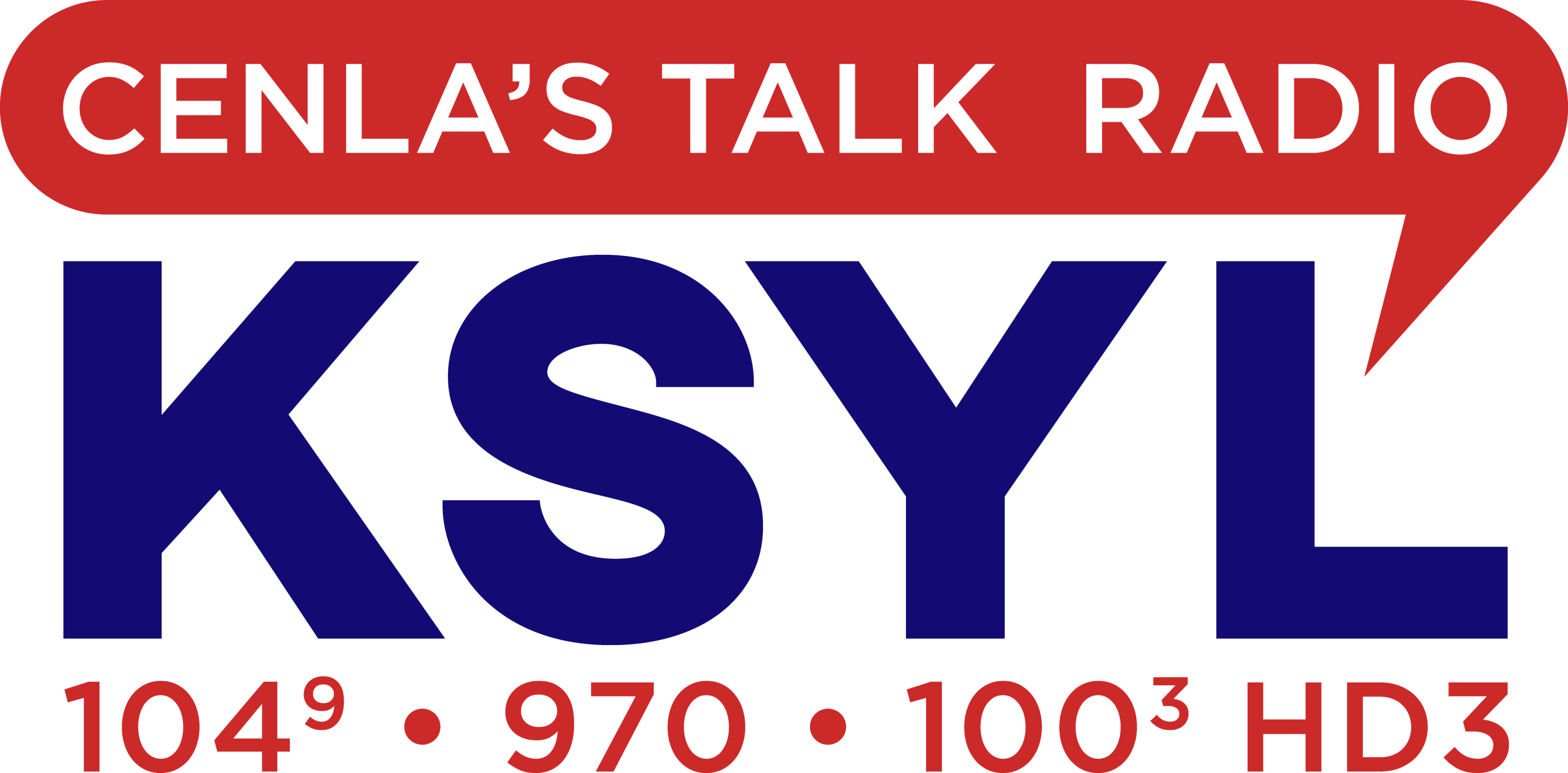
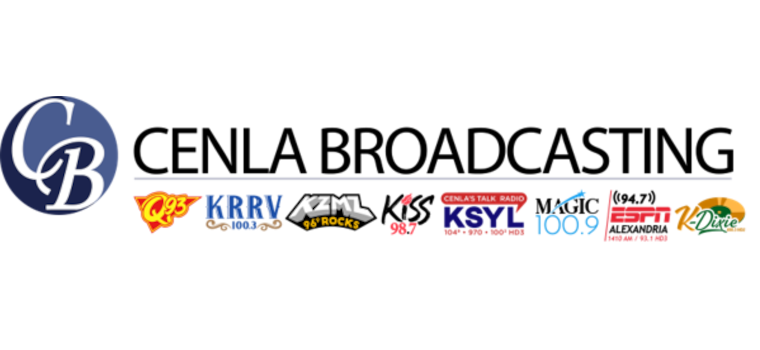

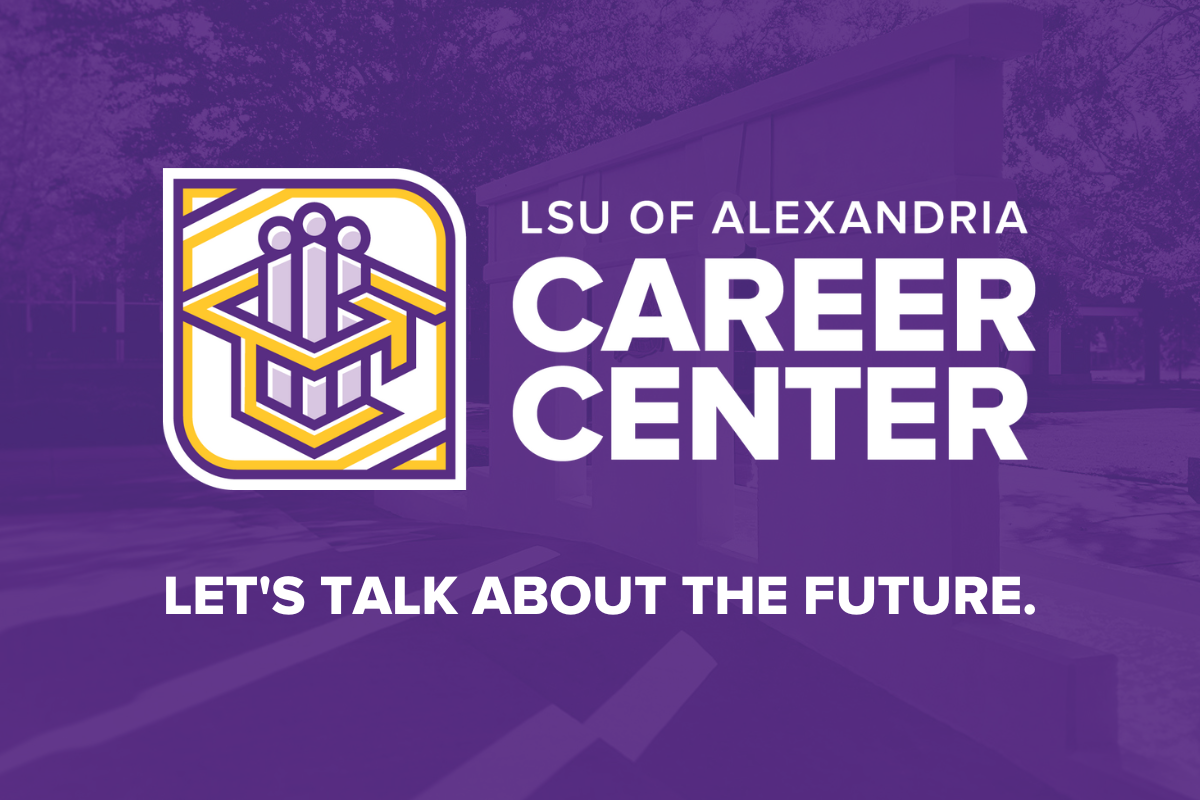



.jpg)

